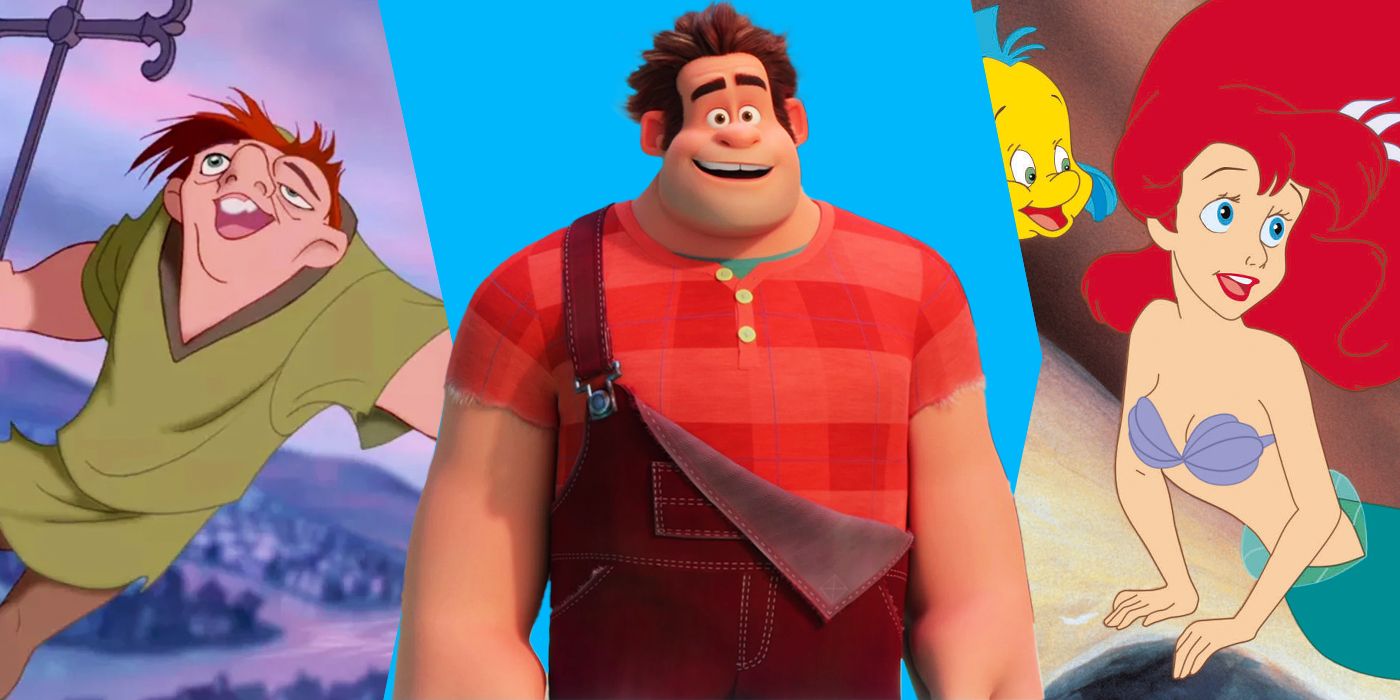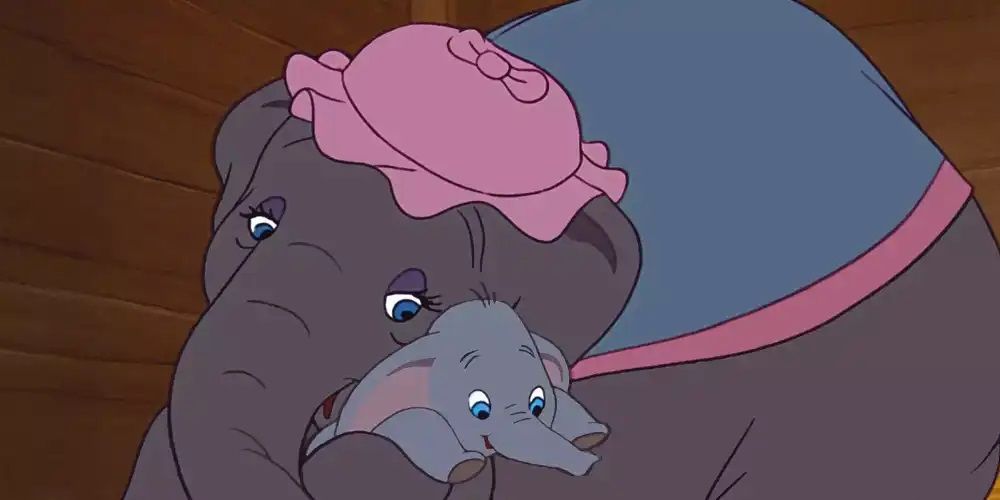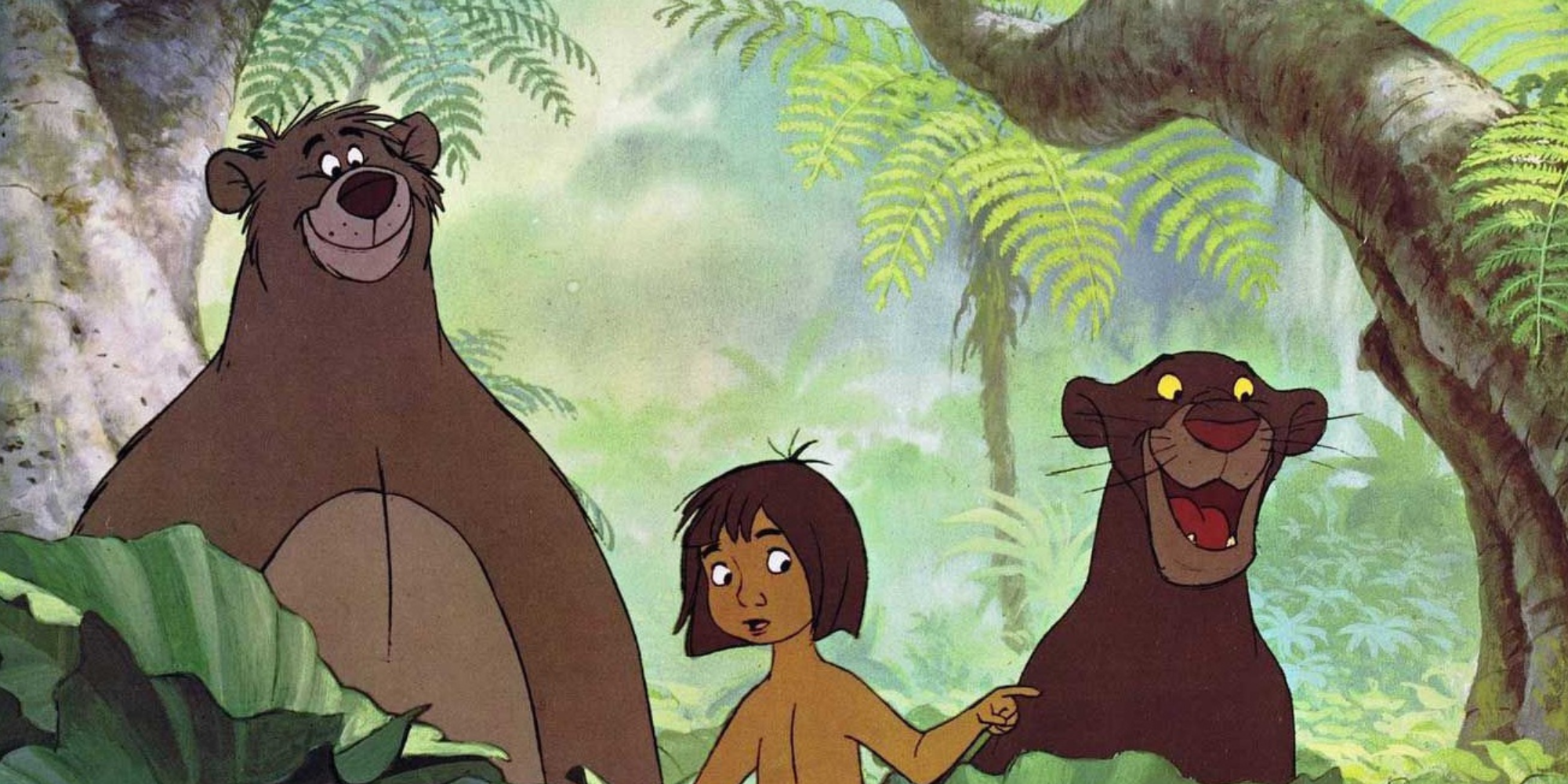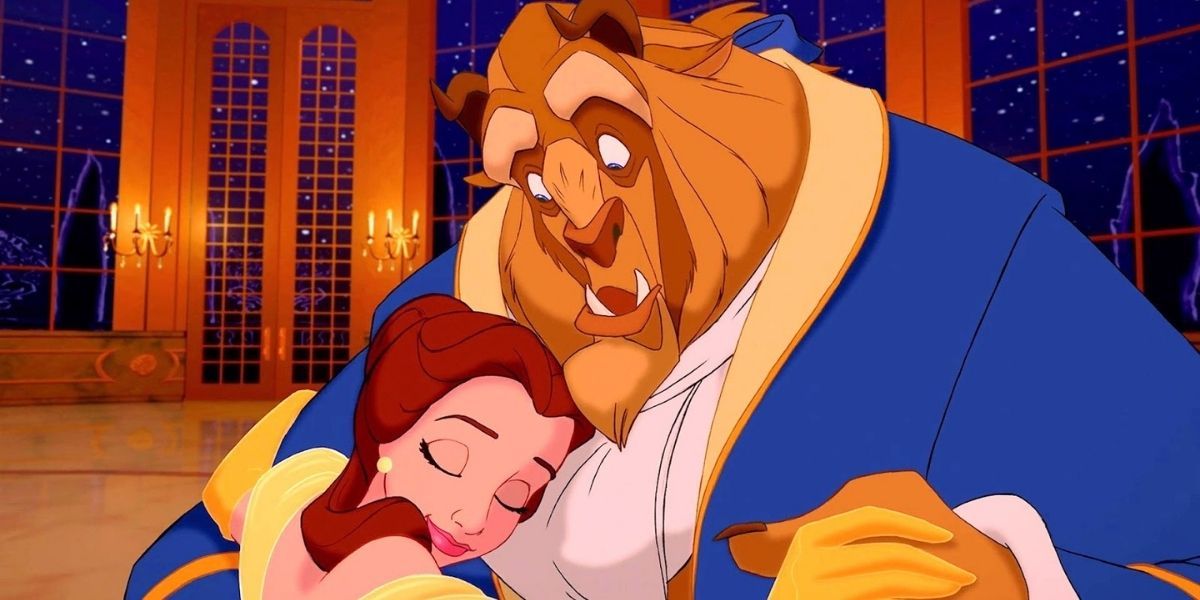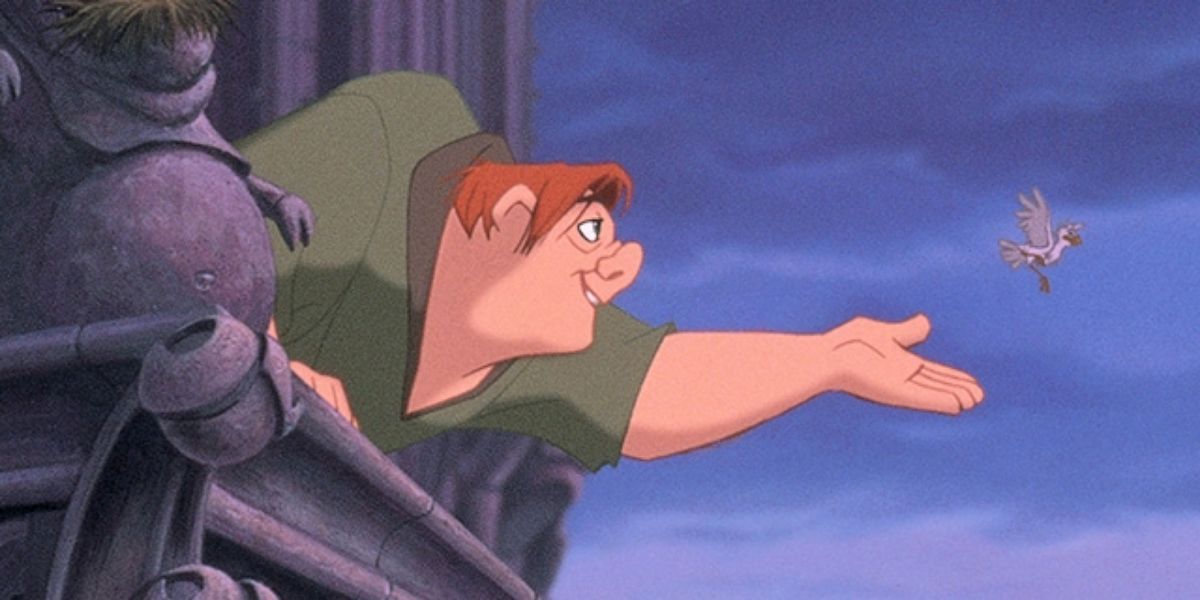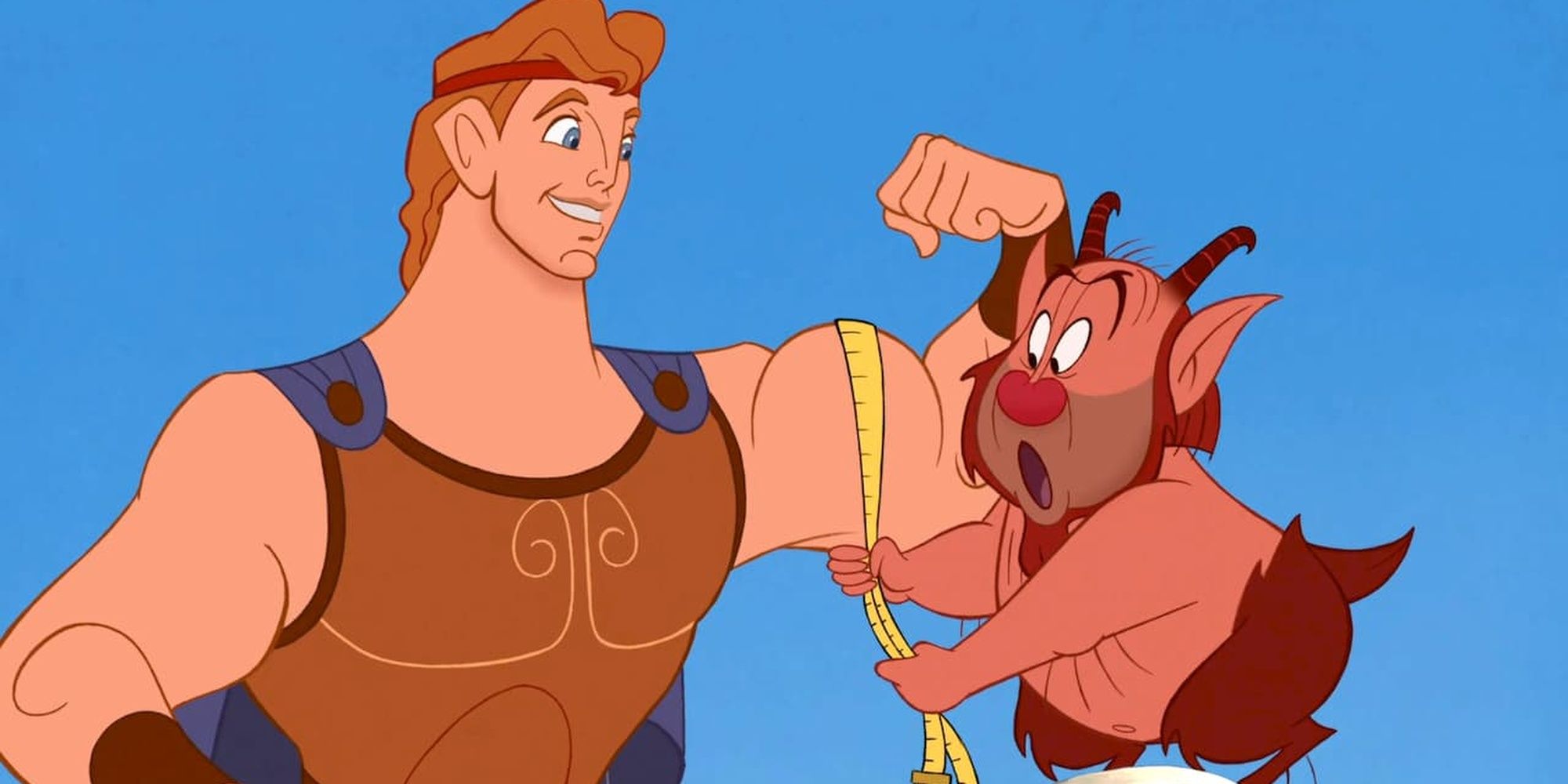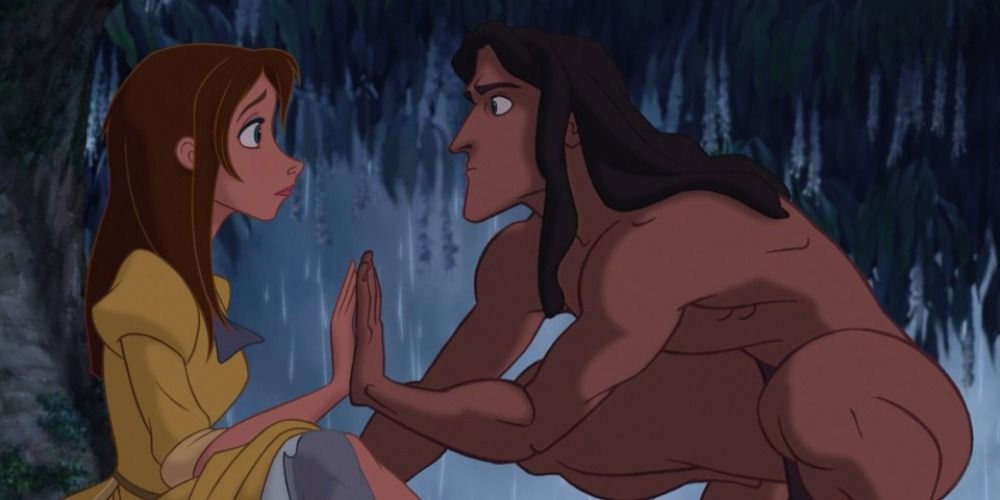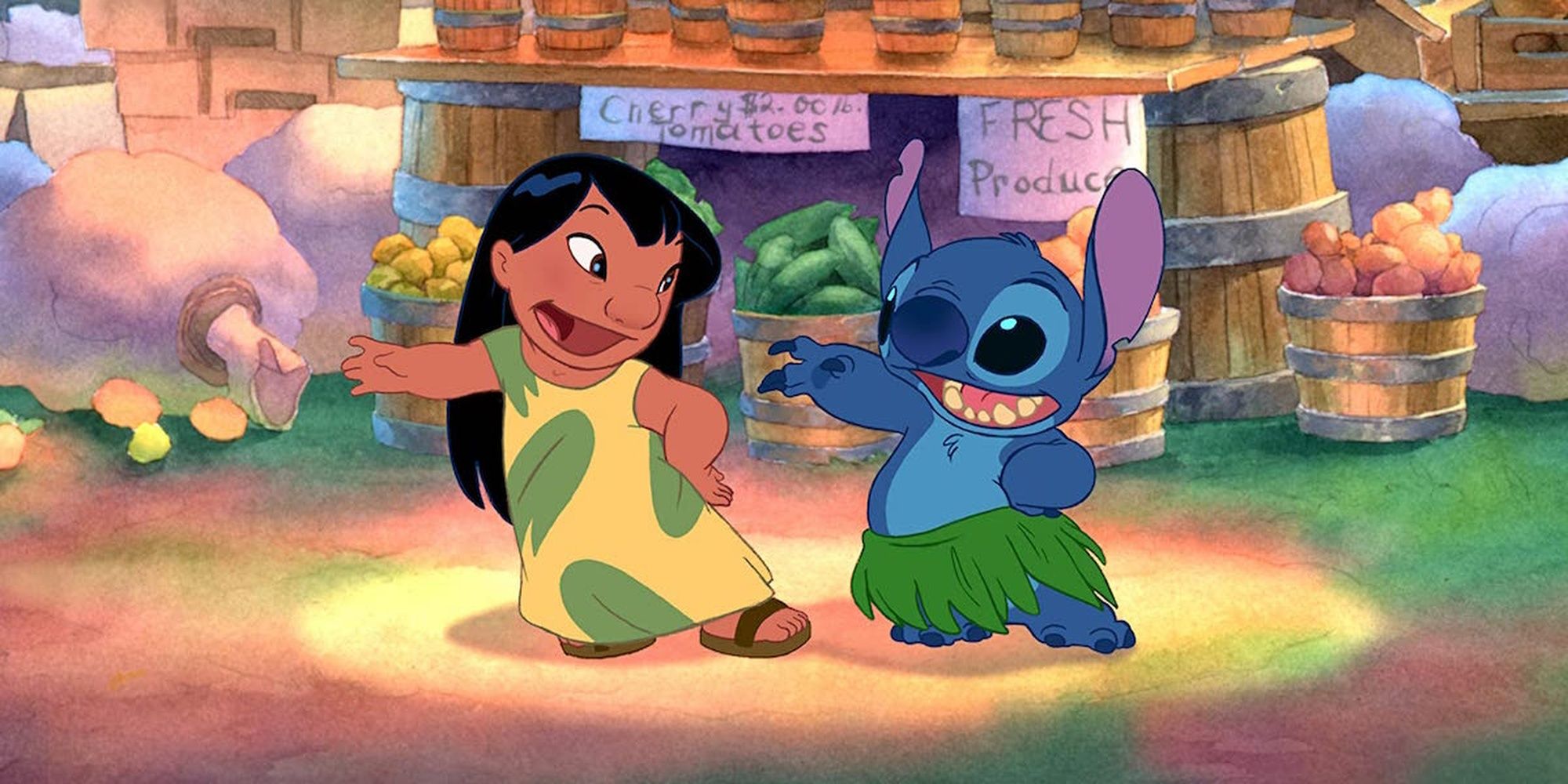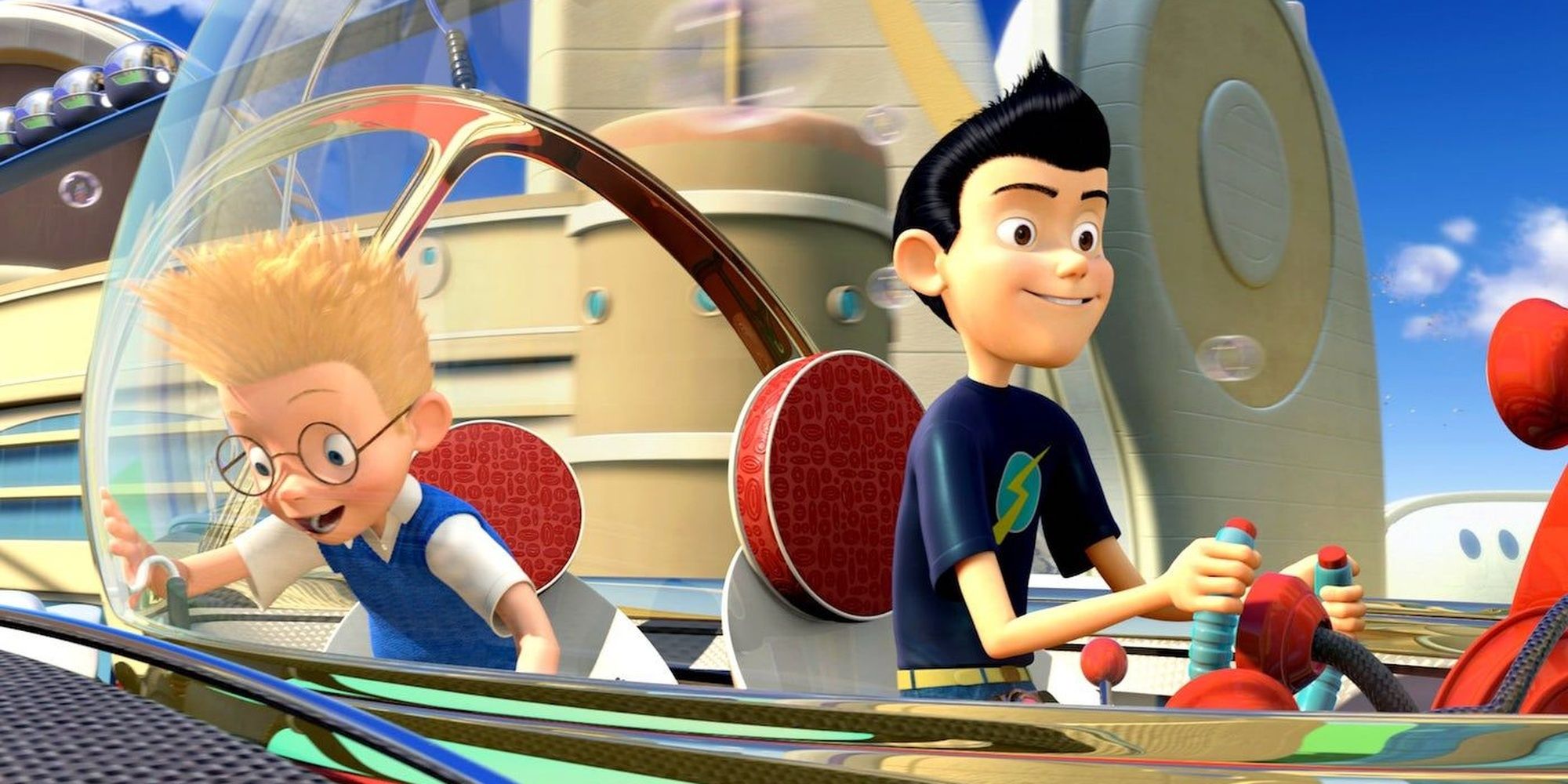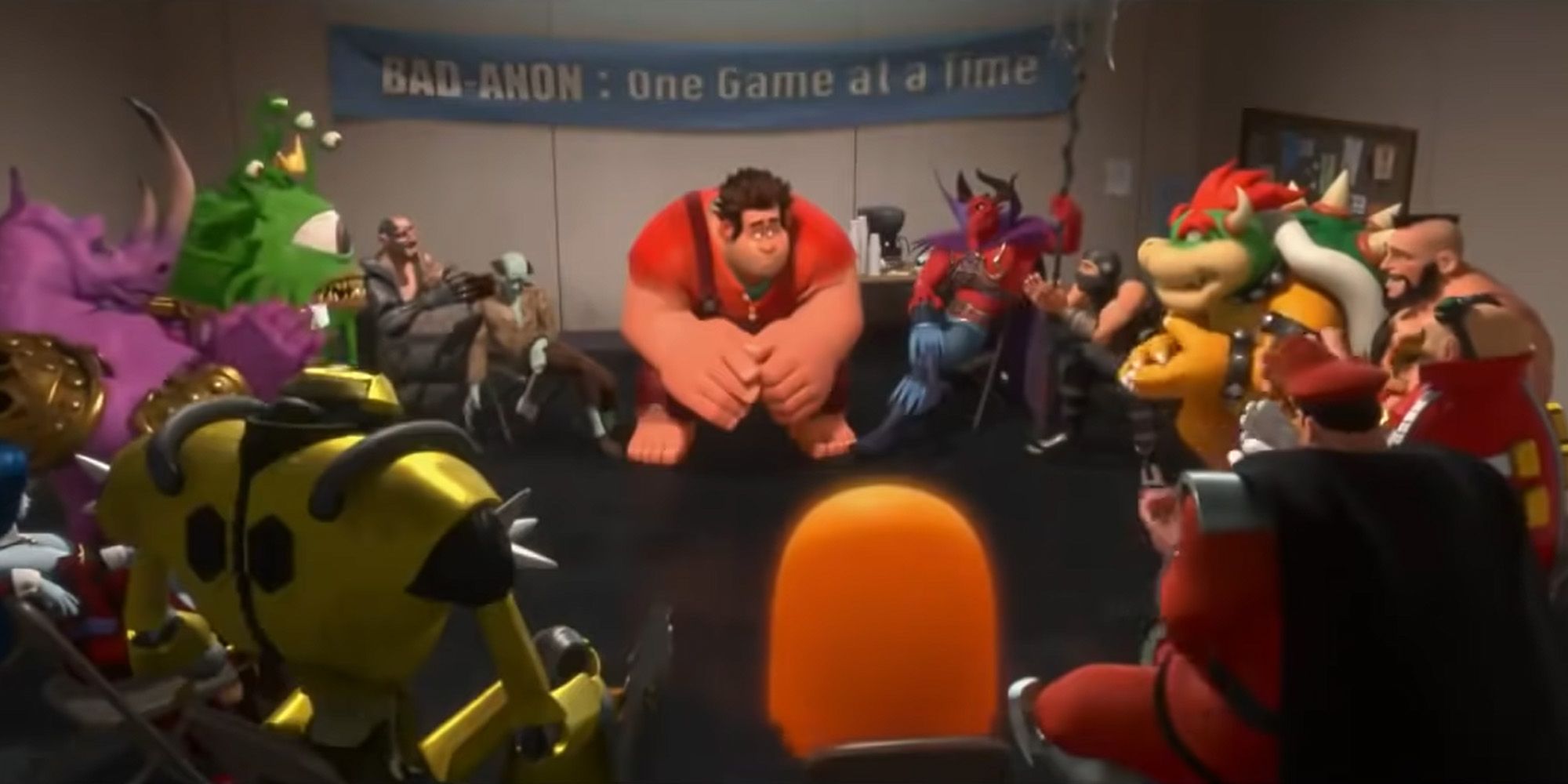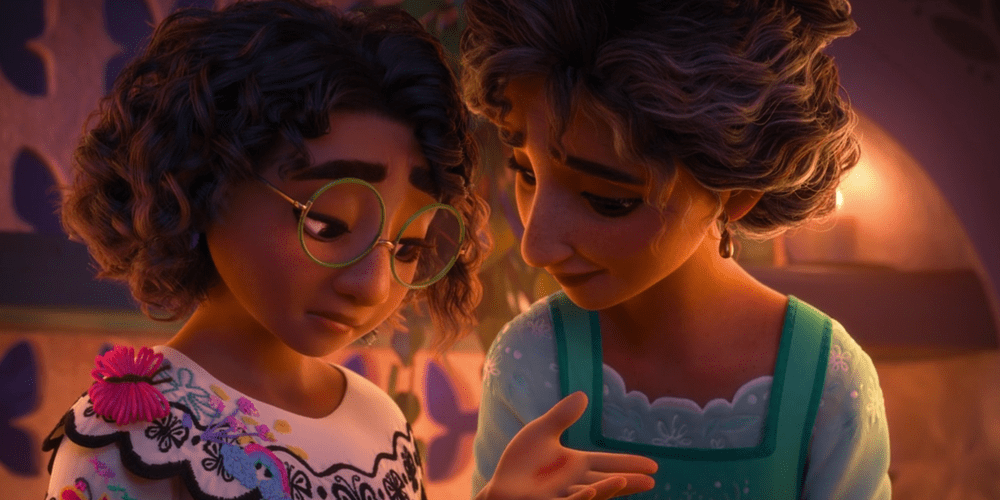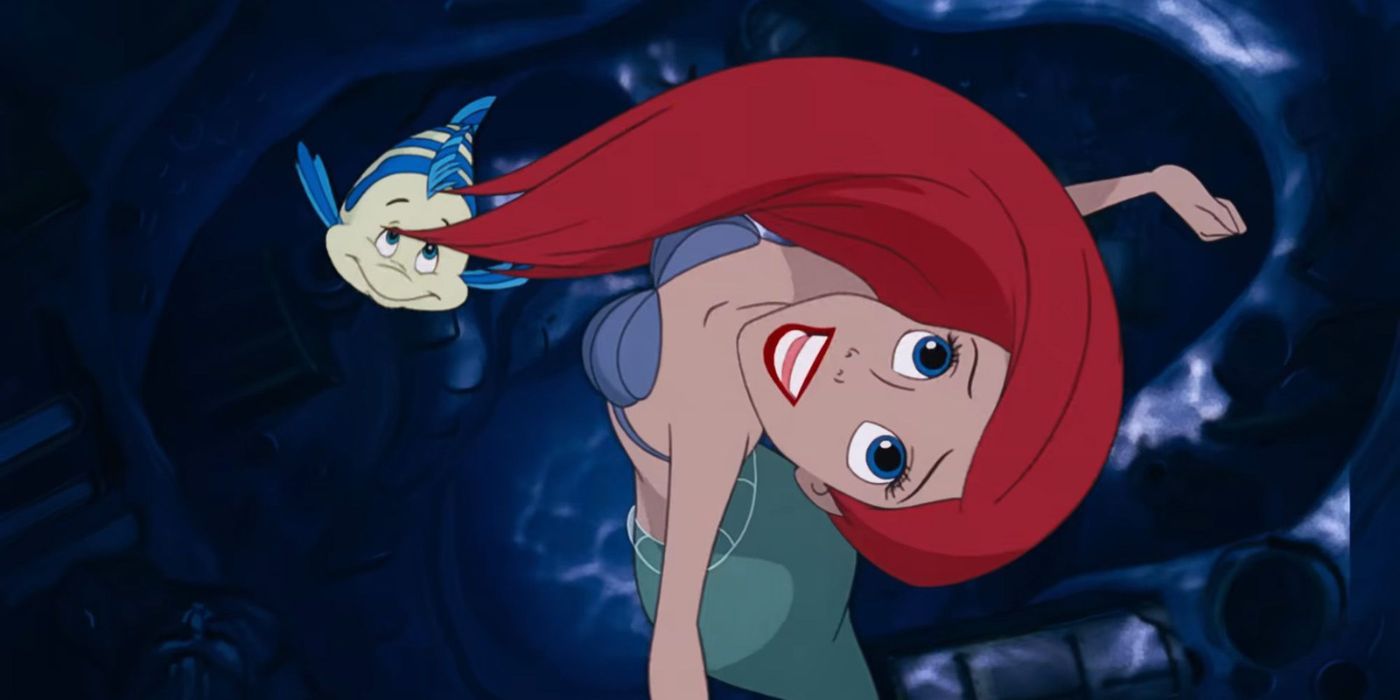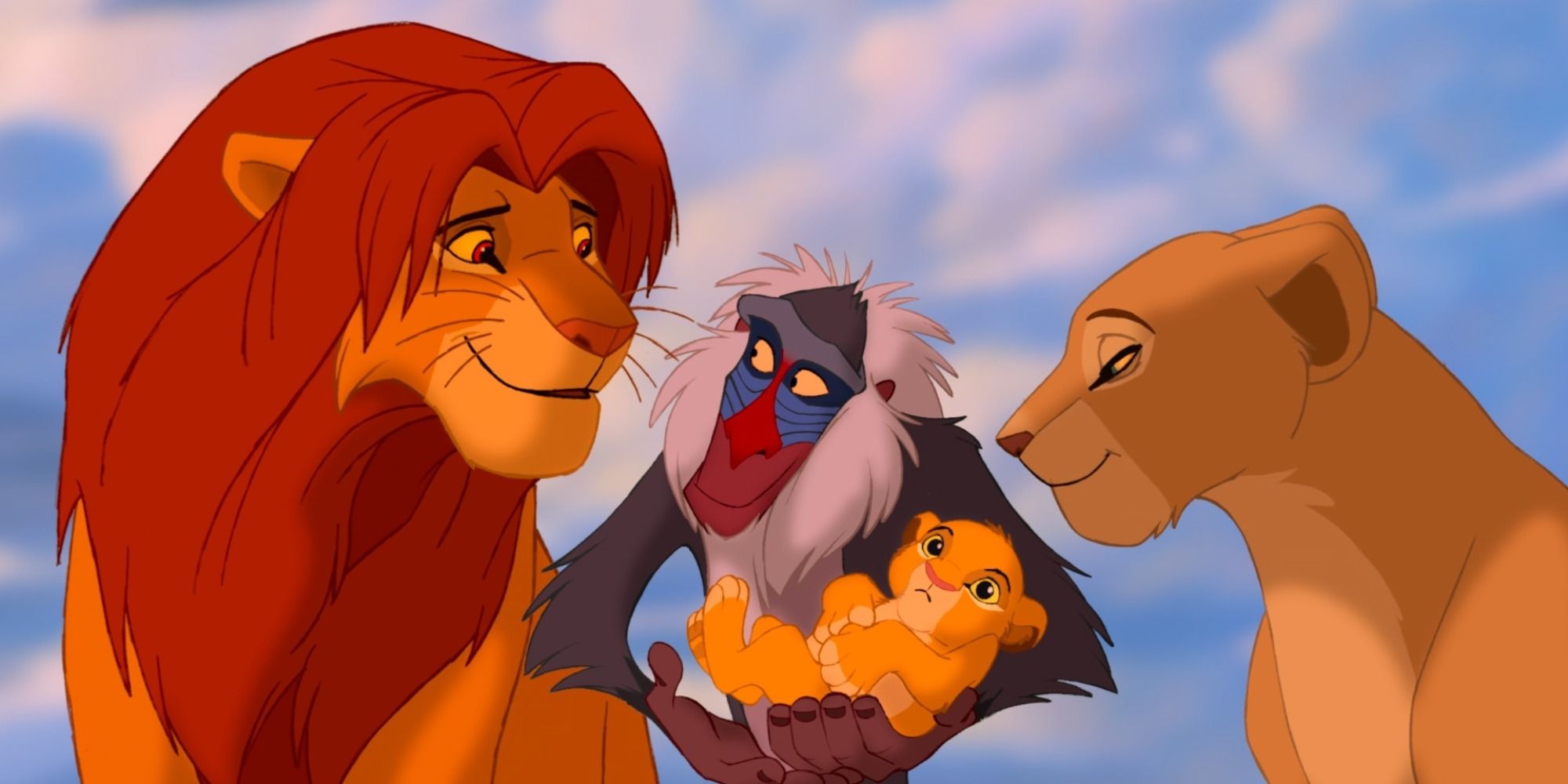Across Disney's animated history, the company has told several stories with many different character types. Yet one that seems to pop up more often than others is the quintessential outcast. A character who for one reason or another finds themselves ostracized from their community and longs for a way to fit in.
Given that humans are a social species, it makes sense that we would gravitate towards stories where the protagonists want to find their own people. Plus, Walt Disney and many of his animators could be considered outcasts who overcame their own trials and tribulations in their own right, so there was always a base of reference in the company.
'Dumbo' (1941)
A baby elephant is delivered via stork to a circus with oversized ears. When his mother is taken away after trying to protect him from some kids, he is left alone and shunned by his fellow elephants. A mouse named Timothy, however, sees the value in the little elephant, and wants to help him become famous and save his mom.
Dumbo is Disney's best example of a story where outcasts help one another. Along with Dumbo being ostracized for his ears, Timothy clearly wants to be part of the circus. The iconic moment when Dumbo learns to fly is the ultimate moment of turning one's perceived weakness into your greatest strength.
'The Jungle Book' (1967)
In the jungles of India, the panther Bagheera delivers an orphaned baby to a family of wolves. Years later, word spreads through the jungle that the man-hating tiger, Shere Khan, is nearby, so it is decided that Mowgli will be taken to a human-village for protection. However, Mowgli doesn't want to leave the jungle, and butts heads with Bagheera all the way.
Although Mowgli thinks that the jungle is his home, several of the jungle's more sinister members want to exploit him or kill him simply because he is a man. The ones who become his friends are a committee of vultures and Baloo, a carefree bear called a jungle bum, which again reinforces the idea of outcasts helping one another.
'Beauty and the Beast' (1991)
Belle, the daughter of an eccentric inventor who dreams of a greater life for herself, lives in a poor provincial town in France. When her father doesn't return home from the fair, Belle follows his trail to a castle ruled by a beast who has her father prisoner. She takes his place, and over time begins to see that there is more to her captor than meets the eyes.
Both Belle and the Beast are great examples of outcast characters who feel trapped – both literally and metaphorically. Be it through a love of knowledge or a bestial appearance, they find that they don't fit in with others. Beauty and the Beast further sells this with its use of color, since Belle and Beast are the only two characters who wear blue.
'The Hunchback of Notre Dame' (1996)
High atop the Notra Dame cathedral lives the hunchback, Quazimodo. One day, he defies the orders of hs master, Judge Frollo, and attends a festival where he is abused for his appearance. When the dancer Esmeralda comes to his aid against Frollo's wishes, she earns his ire, and all of Paris will burn unless Quazimodo can overcome his self-doubt.
The Hunchback of Notre Dame is one of Disney's darkest movies, thanks primarily to its heavier and more mature themes. The look of fear and anguish on Quazimodo's face as he stumbles back into Notre Dame is heartbreaking, yet it makes his eventual acceptance by the people all the more rewarding. This movie also shows its maturity by having Esmeralda choose another man over Quazimodo with no one in the cast feeling any resentment, an act rarely seen in movies even to this day.
'Hercules' (1997)
From Mount Olympus, Zeus and Hera celebrate the birth of their son, Hercules. Sadly, he is almost immediately stolen in the night by servants of Hades, Lord of the Underworld, and turned mortal in an attempt to avert a prophecy that says Hades shall fall. Growing up among humans, Hercules finds that he doesn't fit in thanks to his godlike strength and seeks to become a true hero to rejoin his real parents.
The reason why Hercules is ostracized among humans is because of his amazing power. Without a proper outlet, he does more damage to his community than good, and is seen as a freak. Once he starts training and learns to control his abilities, people are willing to give him a chance, and even adore him to the point of elevating him to celebrity status.
'Tarzan' (1999)
When his parents are killed by a leopard, a human baby is adopted by a gorilla who lost her child to the same cat. He tries to fit in with his troop, but cannot seem to win the approval of his gorilla father. Then a researcher and his daughter arrive in the jungle to study gorillas, and an adult Tarzan finds himself torn between two worlds.
Through Tarzan, audiences are shown how outcasts often try to conform to the expectations of others. One of the most powerful scenes in the movie is when a young Tarzan covers himself with mud to try and look like an ape. However, his mother wipes the mud away to remind him that changing who you are to please those who don't understand you isn't the right choice.
'Lilo and Stitch' (2002)
On the island of Kaua'i, Hawaii, a woman named Nani struggles to take care of her younger sister, Lilo. Since Lilo has been ostracized by her hula class for her strange tendencies, Nani takes her to adopt a dog. Unfortunately, the dog she chooses is really a deadly alien who is being hunted by representatives of the Galactic Federation.
Lilo and Stitch deals with themes of outcasts helping outcasts, as well as challenging preconceptions about a person. Stitch is hunted because he was created to be a destructive force of evil and was never given a chance to change. Through his time with Lilo, he discovers that there is more to life than destruction, and learns to use his talents for more productive purposes.
'Meet the Robinsons' (2007)
An orphaned boy named Louis invents a machine to locate his biological mother in Meet the Robinsons, but the man in a bowler-hat's invention causes it to fail. A boy from the future tells Louis to try again, but a scuffle results in his time-machine getting damaged. Now stuck in the future while working on repairs, Louis meets the boy's eccentric family as the bowler-hat guy tries to profit off his success.
The phrase "Keep Moving Forward," is said throughout the movie and is attributed to a quote from Disney himself. This is very fitting: often when one feels like they don't belong, it feels easier to give up than to pick yourself up after every stumble. Good or bad, you never do know what tomorrow will bring.
'Wreck-It Ralph' (2010)
Ralph has been the bad guy since his game was first plugged in and would like a change of pace. One day, he breaks the rules of the arcade and jumps into an on-rails shooter to win a medal. When he loses it in a racing game, he teams up with a glitch-character to get it back, unaware that his actions unleashed a dangerous virus and that his video game is in danger of being unplugged.
Wreck-It Ralph offers a look at those who feel ostracized due to their profession. Ralph is the villain of his game, so his job is to be defeated again and again by the heroes. However, just because your job is thankless doesn't mean it's not essential, and your work doesn't have to define who you are as a person.
'Encanto' (2021)
The family Madrigal is an extraordinary Colombian family born with magic powers thanks to a candle given to the family's grandmother. That is, except for Mirabel, who was born without them. Powers or no powers, when she notices the magic beginning to vanish and the family house begin to crack, Mirabel goes to any lengths necessary to save her family.
Encanto's take on outcasts focuses on feeling excluded among one's own family. Abuela wants little to do with Mirabel and often forces her to the sidelines at family events for something she has no control over. These themes aren't explored too often by Disney, and hit home with audiences, who praised the film's take on generational trauma.
'The Little Mermaid' (1989)
In the first film of the historic Disney Renaissance, Ariel is an outcast from the undersea kingdom, of which her father, King Triton, is ruler. It's the little mermaid's fascination with the world above that makes her persona non grata, ultimately leading her to make a Faustian deal with a sea witch.
The best Disney films cut quick and deep to the most universal human relationships and emotions. The Little Mermaid is an all-timer for its music, humor and artistry—and because it's an incredibly affecting story about a father and daughter mending their relationship.
'The Lion King' (1994)
Simba is quite literally cast out of Pride Rock after his father is murdered in one of Disney's crown jewels. The Lion King plays out a bit like Shakespeare's Hamlet, only with talking animals and a happy ending. It's certainly one of Disney's most dramatic, weighty stories ever.
After leaving his kingdom and befriending Timon and Pumba, Simba finally faces his destiny as heir to the throne. It's a classically inspired, touching story that will remain an audience favorite for a long time.

